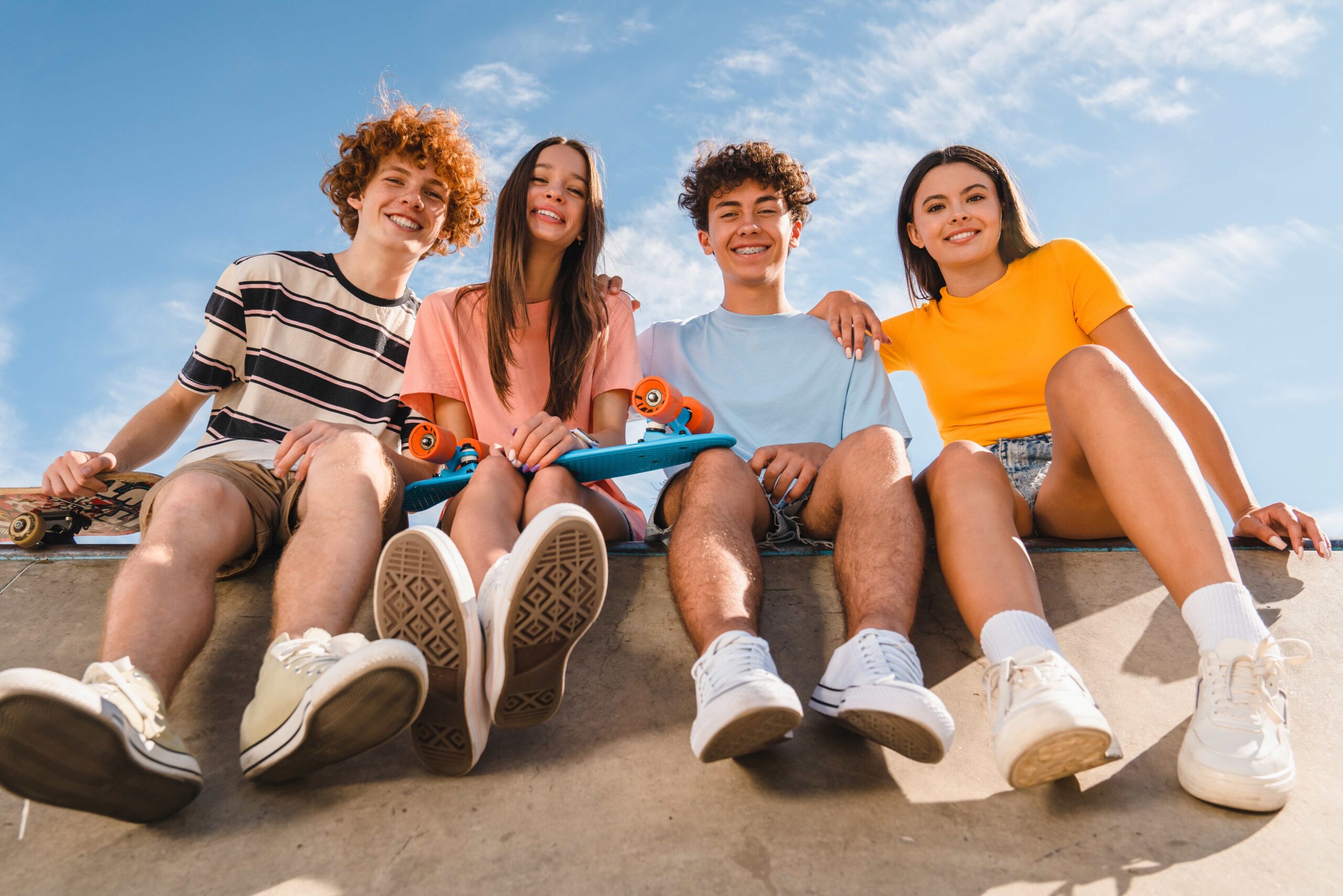
Why Substance Use Spikes During School Vacations
Substance use among teens often increases during school breaks. Research shows that substance abuse spikes during school vacations, especially in the summer and winter. This trend stands out compared to school months, where structure and daily routines create natural barriers. In contrast, vacation periods remove those boundaries, leaving more time for risky choices. Many young people are more exposed to peer pressure and boredom without school responsibilities or adult supervision.
Peer Influence Peaks When School Is Out
During school vacations, teens often spend more time with friends and less time under adult supervision. Group hangouts, parties, and social events become more frequent. Similarly, exposure to peer pressure rises during these unstructured periods. Teens may feel pushed to try substances to fit in, especially when surrounded by others doing the same. The problem of substance abuse among young children is unfortunately present throughout the whole U.S.A. Specifically in Pennsylvania, according to the Pennsylvania Psychiatric Institute, “13 is the average age when children first experiment with drugs.”
During the school year, structured days and regular oversight help reduce harmful situations. With this in mind, it’s easier to see how unsupervised time with peers can increase risky decisions. Substance abuse spikes during school vacations, partly due to the growing influence of peers during these breaks. Many first-time substance use cases begin in a group setting during time off from school.
Idle Time and Lack of Structure Invite Risk
Long breaks from school often leave teens with too much free time and insufficient structure. Without daily routines, they can feel bored and disconnected. For this reason, some may turn to substances out of curiosity or peer influence. Unsupervised hours increase the chances of risky decisions. Youth are especially vulnerable during unstructured periods like school vacations, when adult guidance and consistent schedules are missing. Preventative efforts during the academic year can make a lasting difference. States like Pennsylvania are addressing this issue through educational programs and school-based initiatives focused on awareness and support. These efforts highlight the importance of school involvement in early prevention to help reduce substance use before it starts. Identifying concerns early and creating safe environments through school-based action are strong steps in protecting students during both the school year and breaks.

Parental Supervision Drops During Vacations
Most parents maintain their regular work schedules while schools are closed. This often leaves teens unsupervised for long periods throughout the day. Without structured routines, the chances of poor decisions increase. Time spent alone or with friends, without any adults nearby, can lead to unsafe choices. Some teens experiment with substances simply because no one is present to stop them. The school year typically provides structure, consistent monitoring, and limited free time. School breaks remove those protective boundaries. The shift in the daily environment creates a space where risky behavior can grow. Families can help by setting clear rules, checking in regularly, and encouraging involvement in planned activities. These small steps help reduce the chance of unsafe behavior during breaks.

Emotional Triggers and Seasonal Stress
Not every student looks forward to school vacations. While some enjoy the break, others experience increased emotional strain. Time away from daily structure can bring feelings of isolation, especially for those without strong social support. Then again, certain teens deal with ongoing tension at home, which often becomes more noticeable during extended time off.
Without the distractions of school, existing problems can feel heavier. Arguments, neglect, or silence within the home environment may lead to anxiety, frustration, or sadness. These emotional pressures sometimes lead young people to seek comfort or escape through drugs or alcohol. The absence of routines and support systems can make those substances seem like quick relief. Students who struggle emotionally during breaks often lack healthy outlets for their feelings. As a result, they are more likely to try substances to numb pain or escape discomfort.
Cultural and Environmental Influences
Holiday breaks often include parties, family gatherings, and social events where alcohol is present. These situations can make substance use seem normal, especially for teens watching adults drink openly. Similarly, repeated exposure to these behaviors can shape beliefs about what is acceptable. Some households may joke about drinking or downplay its risks, which sends confusing messages to younger people. These patterns are reinforced by what teens see in their surroundings.
In some communities, access to alcohol or marijuana is easier during school vacations. Friends or older siblings may introduce substances during casual hangouts. Even music, movies, and social media posts during the holidays often show substance use as fun or harmless. Over time, these repeated messages influence behavior. For some teens, it feels natural to try something just because it’s what they see others doing. The combination of accessibility, mixed messages, and lack of supervision increases the risk.

Technology, Social Media, and Drug Exposure
Teens often spend more time on phones, laptops, and tablets during school vacations. With school responsibilities on pause, screen time increases sharply. This extra time online often leads to exposure to unhealthy behavior, especially through social media platforms. Above all, the way substance use is shown online can make it look fun, harmless, or even popular.
Common online influences include:
- Posts showing parties with alcohol or drugs
- Viral challenges involving unsafe actions
- Memes and videos joking about drug use
- Influencers casually promoting substance use
- Comments or likes reinforcing risky content
Conclusion
Substance abuse spikes during school vacations due to less supervision, peer pressure, emotional stress, and online influence. Breaks from school remove daily structure, increasing risk. Families and communities can help by creating safe routines, offering support, and staying involved. Awareness is the first step toward reducing substance use during vacations.
